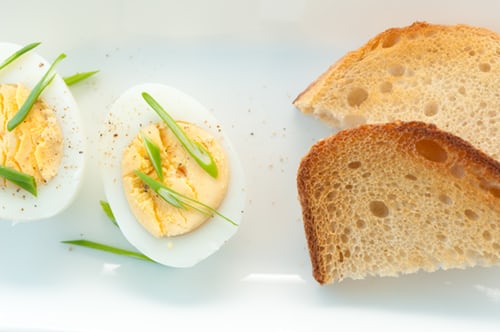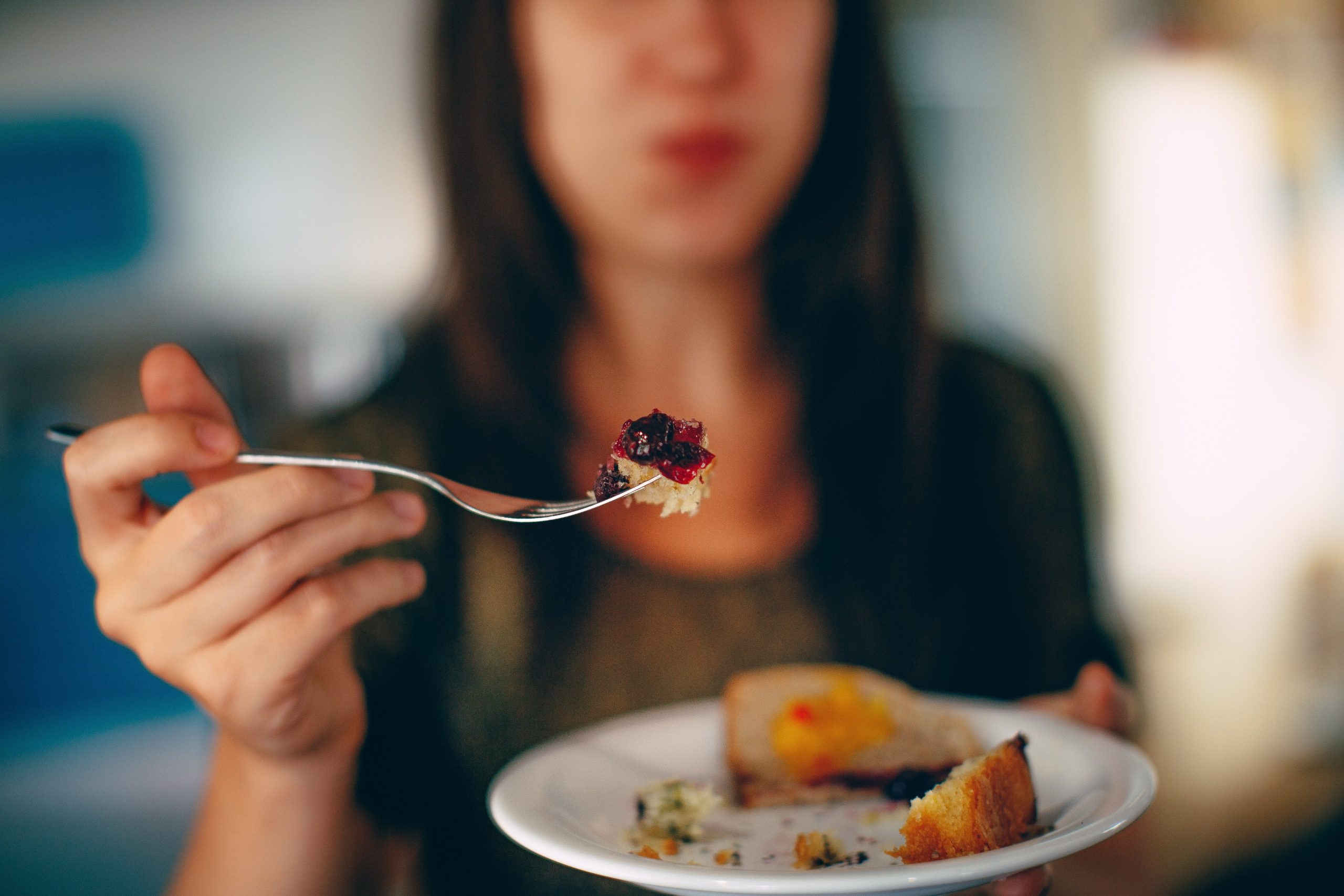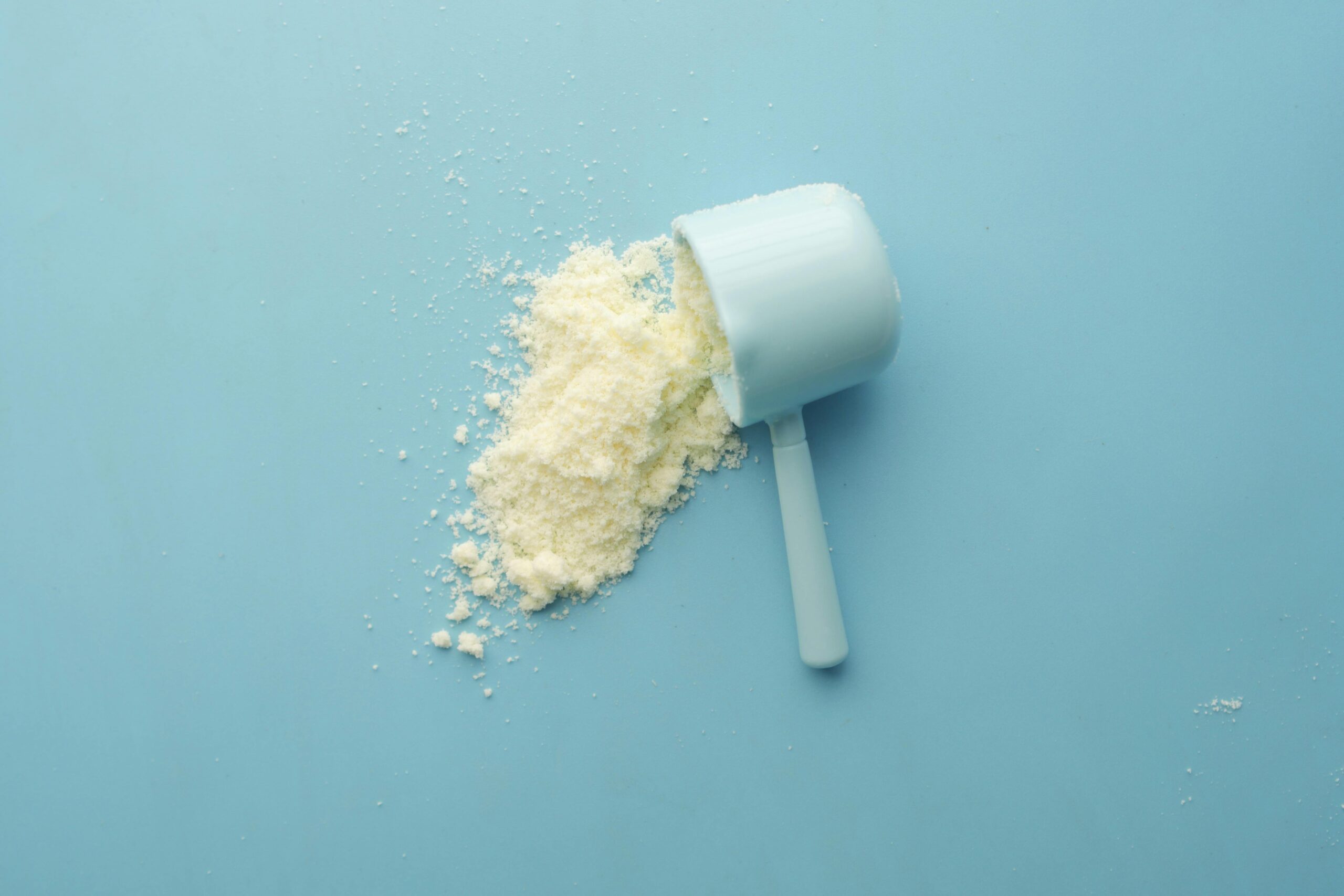Have you been taught somewhere along the line that cholesterol is the enemy of all thing’s health?
If yes, you’re not alone because even with the advances, breakthroughs and improved understandings of nutrition science that have happened since cholesterol was deemed the bad guy and Government dietary recommendations were rolled out to limit its intake (*note these recommendations were removed in 2015) it is still fairly common for cholesterol to be thought of as a dirty word.
This week’s post is your quick and simple guide to understanding what you really need to know about cholesterol including what exactly it is, why you need it, where you get it and the truth behind the “good” cholesterol “bad” cholesterol confusion.
First Off What Even Is Cholesterol?
Cholesterol is a pretty innocent waxy substance and like fats is a type of lipid.
Why Do You Need It?

Cholesterol plays a number of absolutely vital roles in your body including in the making of vitamin D (which plays an important role in maintaining bone density and strength), the production of many hormones including the stress hormone cortisol and the sex hormones testosterone and the oestrogens as well as in the health of your brain and nervous system. In fact your brain has the highest cholesterol concentration of anywhere in your body most of it in the myelin sheaths that surround the axons (the long parts) of your brain cells. These sheaths allow for the exceptional speed of the electrical impulses that are responsible for your thought and sensations (and it is these sheaths which are destroyed in people with multiple sclerosis).
Cholesterol helps you digest the food you eat because it is an important component of bile acids. As well as this cholesterol is an integral part of the membrane of each and every cell within your body regulating membrane and cell function by allowing substances to pass in and out.
Phew you get the picture. To say cholesterol is important is an understatement.
Where Do You Get It?

Because cholesterol is so important your body doesn’t rely on getting it all from the outside world (aka what you eat) and is able to make about 80% of your body’s needs with the other 20% coming from the food you eat.
All animal products contain cholesterol (because just like us their liver cells also synthesize what they need). For interest sake some of the highest food sources of cholesterol are prawns, eggs and cheese.
If Cholesterol Is So Great How Come It Has Such A Bad Name?

Have you ever heard or read that there are two types of cholesterol “good” cholesterol and “bad” cholesterol? Most of us have so let’s look at why.
Just quickly it’s not that there are different forms of cholesterol (i.e. it’s the same cholesterol molecule with chemical formula C27H46O) it’s that your body uses cholesterol in a number of different ways and it’s this which has given rise to the “bad” and “good” cholesterol simplification.
LDL Cholesterol or What Is Sometimes (Incorrectly) Referred to as “Bad” Cholesterol

Very low-density lipoprotein (VLDL) is a type of molecule your liver creates and is made up of as the name suggests protein and lipid (fat and cholesterol). Two very important substances (and two of the three essential macronutrients) which all the cells within your body rely on both for energy and for structural components.
These VLDL molecules are released from your liver and travel through your bloodstream making the fat (triglycerides) they contain available to all your body cells which are in need of fat or in the case of some cells to store fat for times in the future when they may need it.
The reason your body packages cholesterol into VLDL particles instead of just sending cholesterol and fat straight out into your bloodstream is simply that fat is not soluble in water therefore if it were to be send directly into your bloodstream which is predominantly water it would be useless. It blows my mind that our bodies have come up with such an amazingly creative way to get around what would otherwise be a huge problem!
As the fat is dropped off from these carrier VLDL molecules at the cells it is needed for repair, growth and maintenance the molecules become denser (due to the increasing proportion of protein and cholesterol which are more dense than triglycerides) and transition from very low-density lipoprotein molecules into what’s aptly named low density lipoprotein or LDL. Entre the infamous “bad” cholesterol.
The function of LDL is to deliver cholesterol to your cells and as you’ve seen from the above uses of cholesterol this is a super important role. So why the bad name? because when you have too much LDL traveling around in your bloodstream it can deposit in your arteries and lead to arteriosclerosis or hardening of your arteries as well as plaque formation which increases your risk of stroke and heart attacks.
What is important to know here is that it is not the cholesterol you eat in foods which can increase your blood cholesterol levels it is a high intake of saturated fat and/or refined carbohydrates (and even this is controversial as for some people high blood cholesterol levels are their normal and not linked to any adverse health outcomes). In actuality current evidence concludes there is no link between dietary cholesterol and heart disease1.
HDL Cholesterol or What Is Sometimes Referred to as “Good” Cholesterol

HDL gets its name as the “good” cholesterol because it absorbs or collects excess cholesterol from cells and tissues (including the walls of your blood vessels) and brings it back to the liver where it can be processed and removed from your body (through your bile). High levels of HDL have been associated with a lower risk of heart disease and stroke.
Important Takeaways

To reduce what makes food either “good” or “bad” to just one component within them be this vitamin A, zinc, antioxidants or cholesterol is always going to be too narrow a view.
As human beings we are made to eat food, as wholefood and in combination with other wholefoods not their individual components. To look at what one food substances does within our bodies in isolation and without context of the rest of our lives is never going to give the full picture.
If you’re worried about your cholesterol levels because they’re outside the range of “healthy” it may in actuality not be the worst thing in the world but if you also smoke, abuse alcohol, are malnourished, have chronic illnesses or are lonely you can be certain that you’re increasing your risk of illness and mortality.
At good levels blood cholesterol is a very good thing, at either end of the spectrum that is too low or too high not so great things start to happen because as with most (if not all) things health and nutrition there are two sides to the coin. When it comes to cholesterol there are negative effects associated with both too much and too little. A few of which we covered in this post including too little cholesterol affecting your brain function (remember how important cholesterol was to your brain and the conduction of nerve impulses), digestion (which has countless flow on effects when you can’t digest and get the nutrients you need from other foods) and too much being associated with increased risk of heart disease and stroke.
The moral of the story is cholesterol is not as straightforward as “good” or “bad” therefore consider jumping in and seeing a dietitian to get real information specific to you rather than speculating and wasting any more time in confusion.
With My Whole Heart I Hope You Found This Information Useful and Inspiring.

Become Great. Live Great.
Bonnie.
Reference
- Soliman GA. Dietary Cholesterol and the Lack of Evidence in Cardiovascular Disease. Nutrients. 2018 Jun 16;10(6):780.



